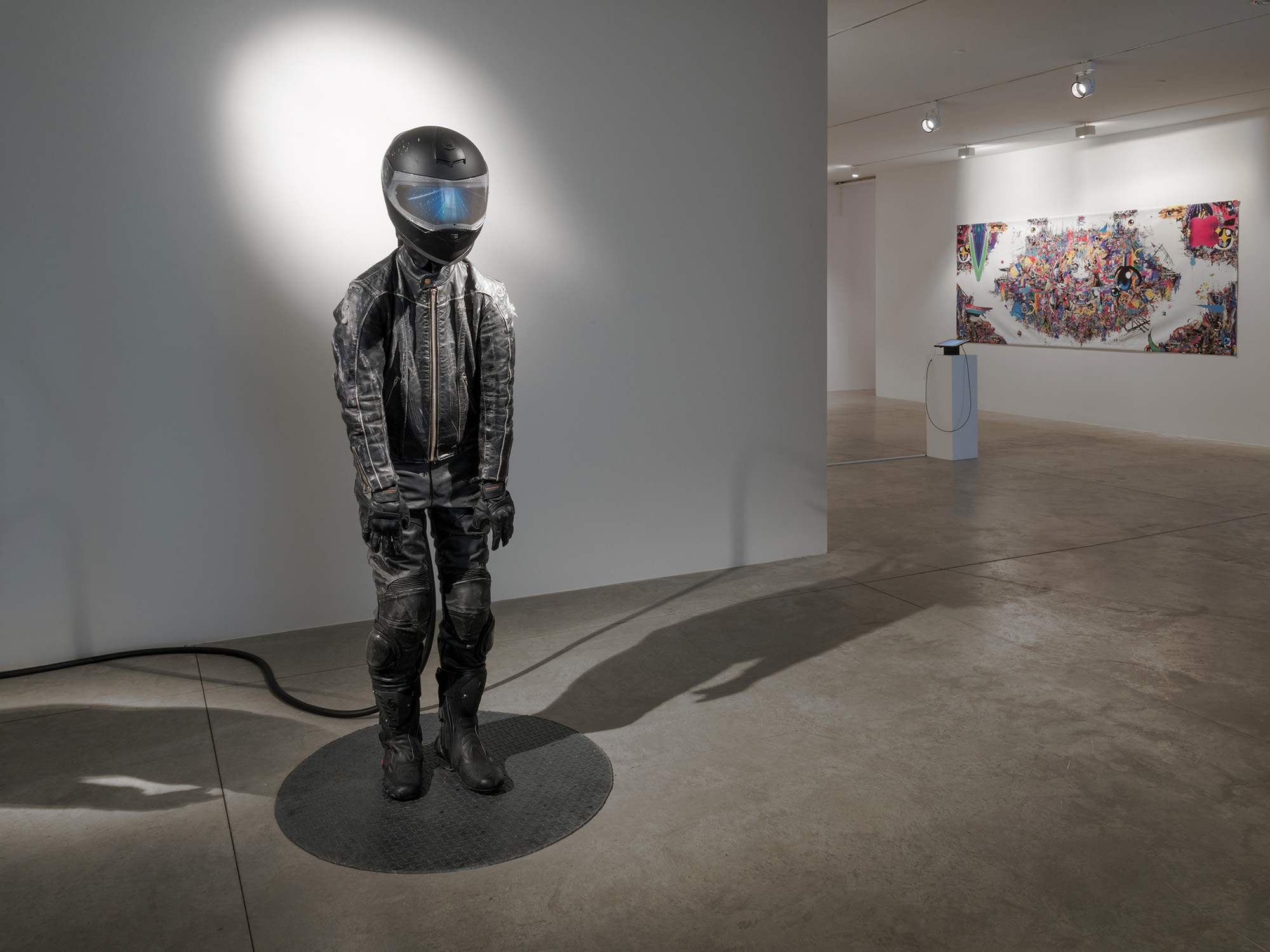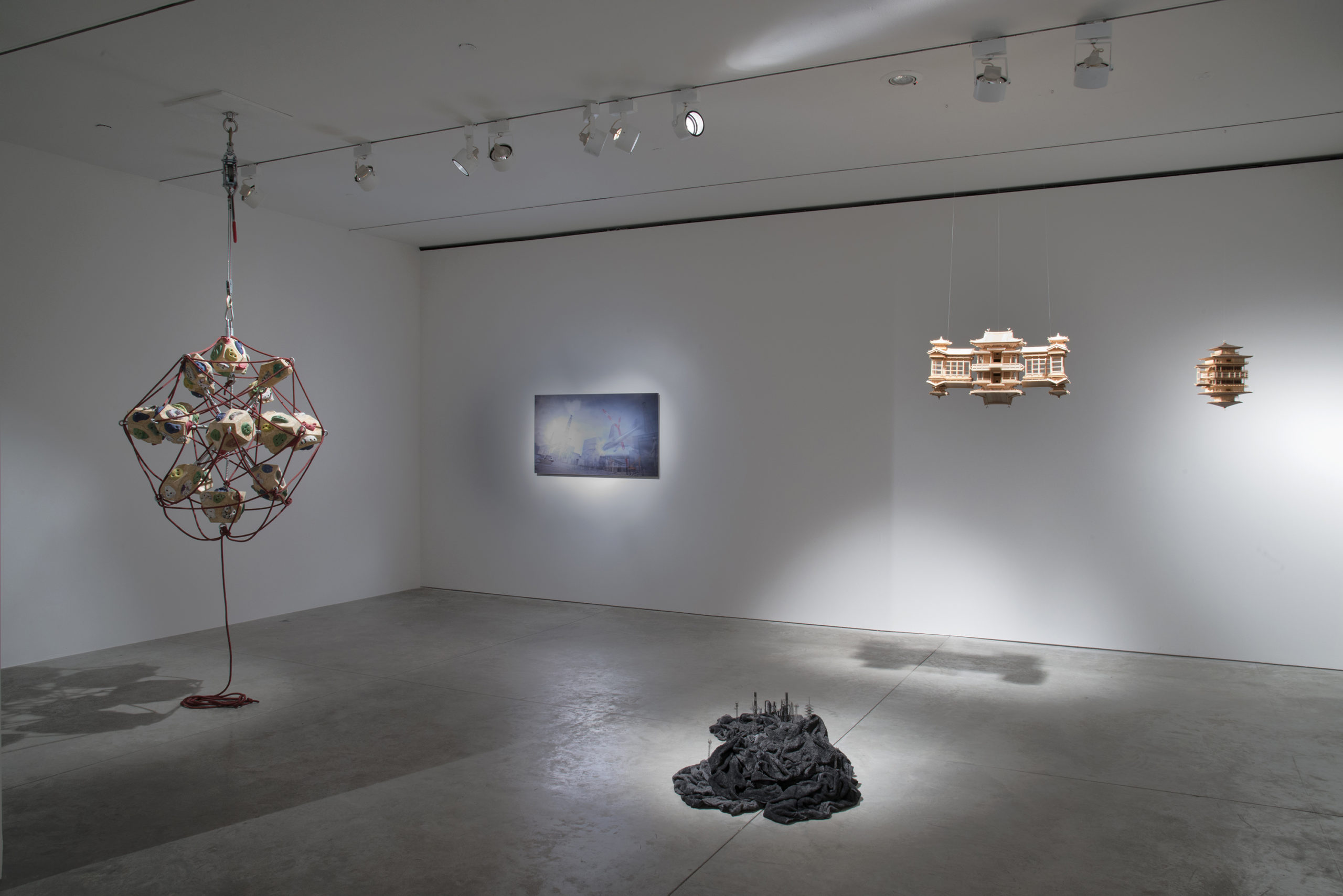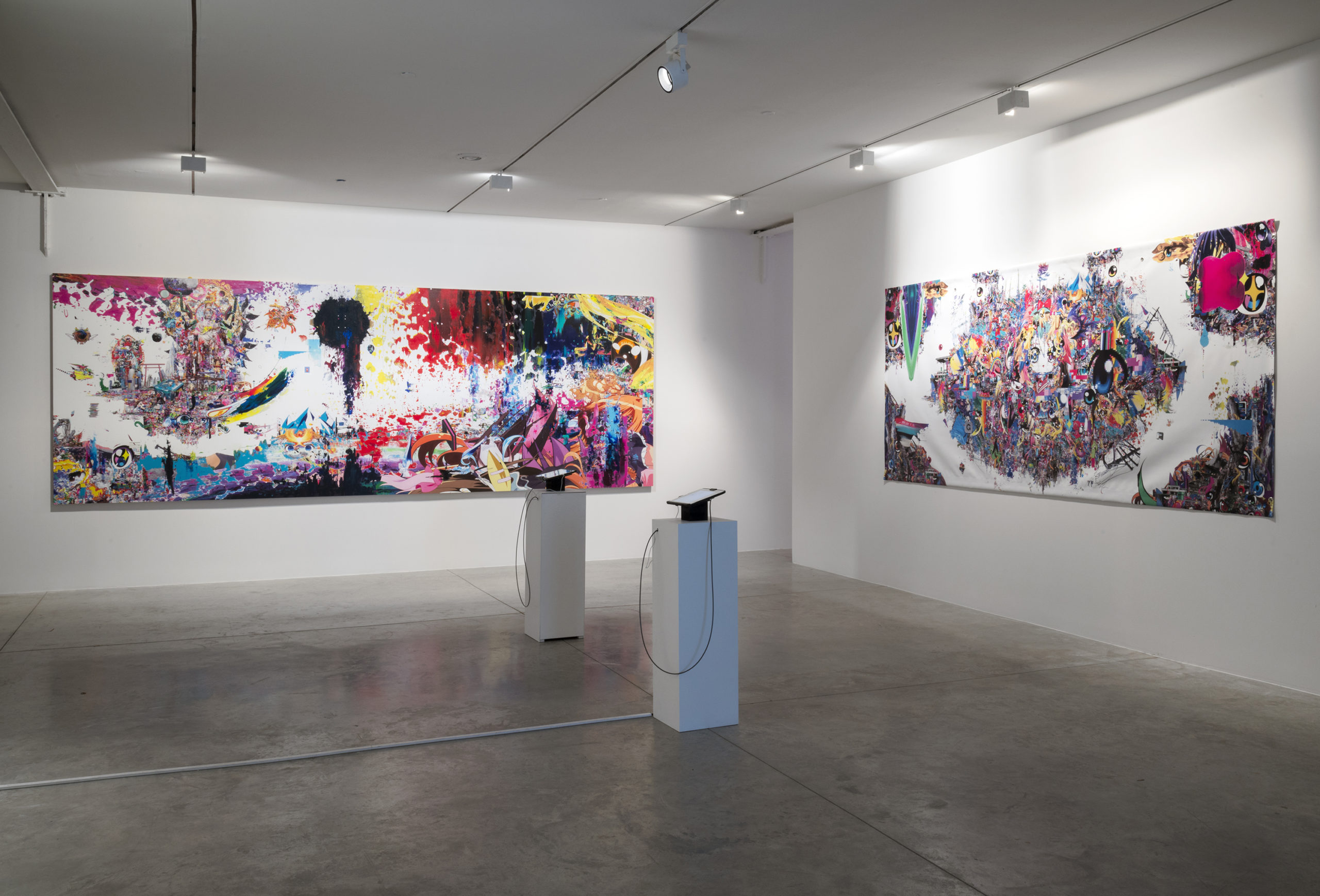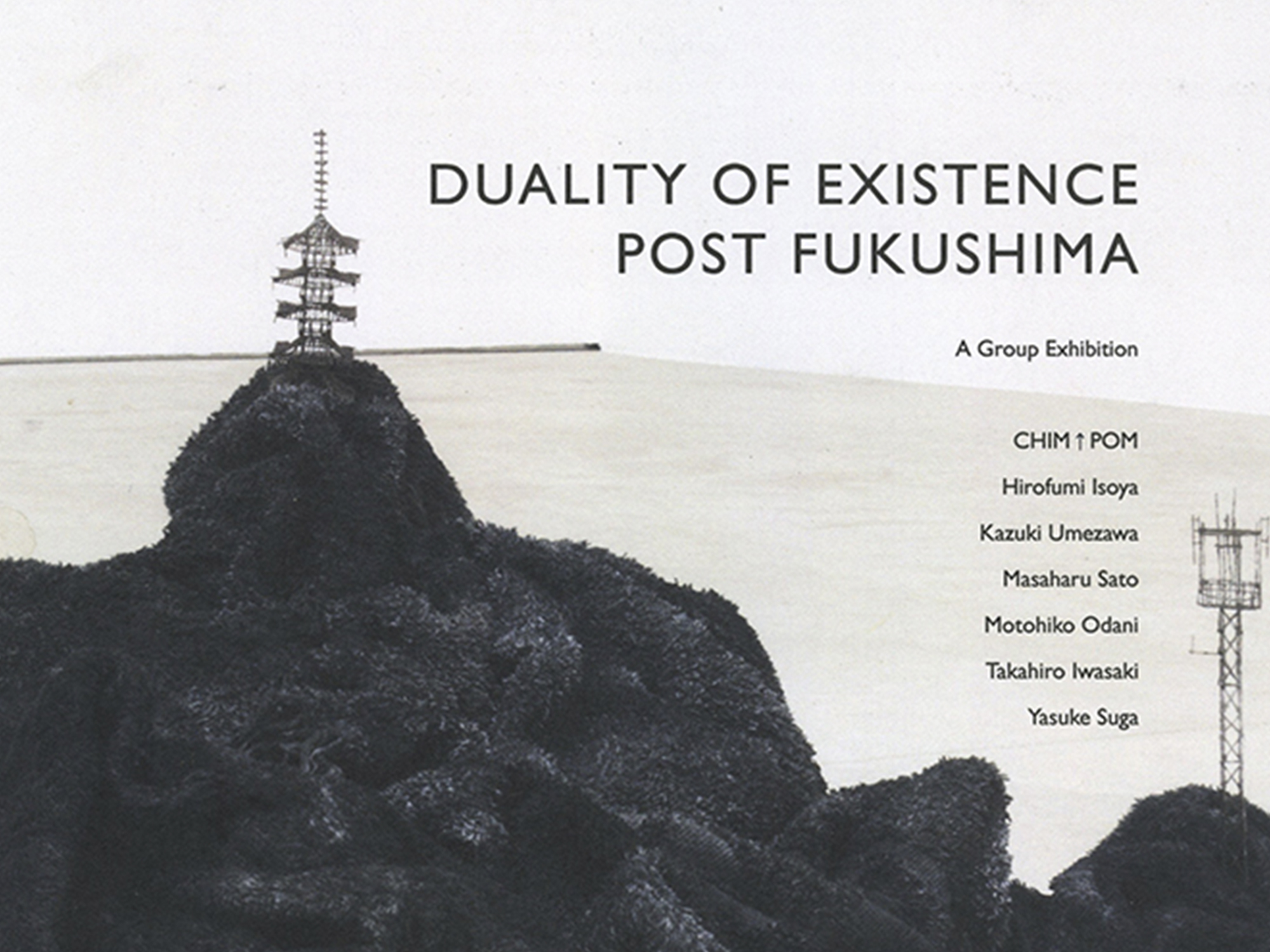Friedman Benda is pleased to announce the opening of Duality of Existence – Post Fukushima, a group show presenting the most current reactions to the new reality in Japan. Triggered by the imminent threat of atomic catastrophe in March 2011, this new reality has forced a re-evaluation of human existence in Japan that is powerfully manifested in the art of today.
With the rise of the internet, bodies were subverted behind computer screens, physicality absorbed by surfaces; existence was flattened into profiles on social media, email, and virtual worlds of endless possibilities. Human existence became ubiquitous, yet ungraspable, and detached from immediate reality.
When the Tōhoku earthquake and tsunami struck on March 11, 2011, all of Japan became painfully aware of their physicality: suddenly realizing that their bodies existed in a world facing challenges that the internet could not solve.
Co-curated by Reiko Tsubaki, Associate Curator at the Mori Art Museum, Tokyo, and Thorsten Albertz, former Director of Cultural Programs at the Goethe Institute in Tokyo and current Director of Friedman Benda, New York, Duality of Existence – Post Fukushima brings together seven responses to the new reality ranging from well-established artists such as Motohiko Odani and Takahiro Iwasaki to emerging artists such as Kazuki Umezawa, Hirofumi Isoya and Masaharu Sato. The young artist Yusuke Suga will make his debut in the United States alongside work from Japan’s most controversial collective Chim↑Pom, who were among the first to enter the vicinity of the Fukushima Daiichi Power Plant after the eruption.
Takahiro Iwasaki examines perception through a dual-structured architectural installation which reveals how the reflection and the original can look the same, but be physically different.
Exploring the invisible power of the internet and its unfathomable volume of information, Kazuki Umezawa evokes a feeling of separation, as he compels the viewer to look at his work through an iPad’s lens, where it transforms into ever-morphing paintings on the screen.
Hirofumi Isoya examines proof of existence through breath and its physical manifestation on glass. Consequently, with its disappearance, the proof of real existence also disappears. The concept of existence is also raised by Masuharu Sato’s film Calling, which commemorates distinct and alienated moments where cell phones ring in desolate Japanese landscapes and urban spaces.
Elie, the only female member of Chim↑Pom, has been prohibited from entering the United States ever since a travel companion filled out her visa questionnaire with false answers. The group’s work is centered on the conflict between Elie’s actual identity versus her fictionalized identity interpreted though a political lens.
The young Japanese artist, Yusuke Suga focuses his work on the Internet’s role in spreading information. The sculpture, Mediator presents the dual perspective of today’s information overloaded society, with reference to Google Glass. His triptych, Swapping Tragedies explores the sensationalism of mass media with three horrific images that simultaneously compel and repel the viewer on different levels.
After numerous exhibition participations all over the world, including the Japanese Pavilion in the 50th Venice Biennale, 2003 and a mid-career retrospective at the Mori Art Museum in 2010, Motohiko Odani will present two new works: a completely new sculpture and “Dead Man Sleeping” – a two-channel video installation that questions whether existence can only be proven by death. Motohiko Odani will follow up with a solo show at Friedman Benda in 2015.













